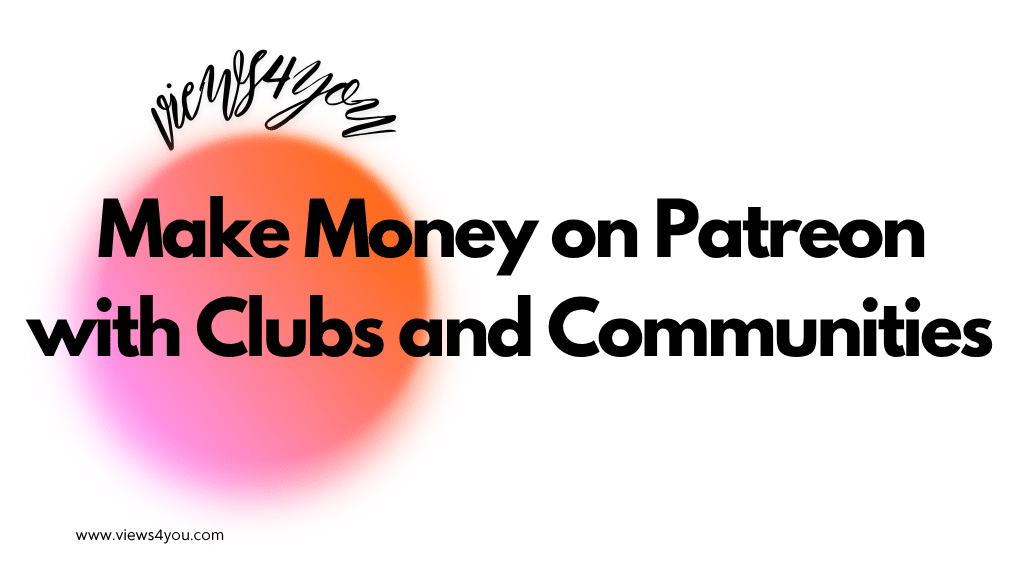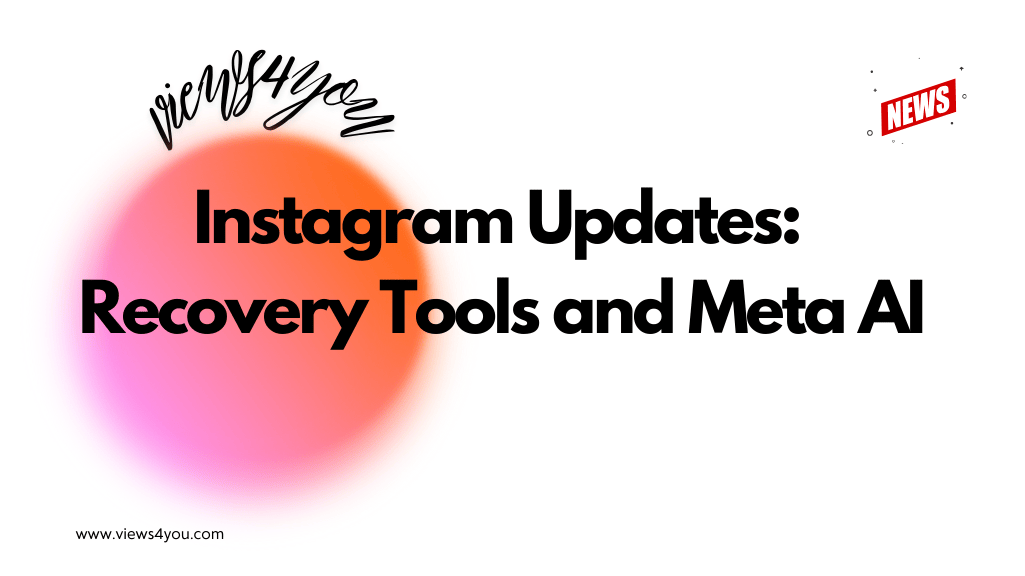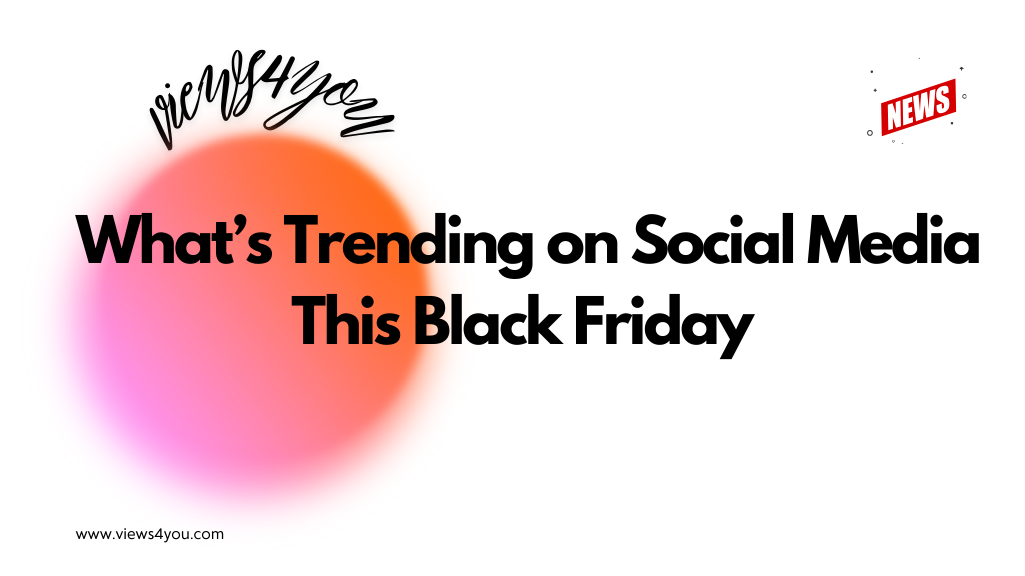Brands trust influencers to lead campaigns because influencers create authentic, audience-driven strategies that improve engagement, increase conversions, and strengthen brand loyalty.
Brands are increasingly moving beyond simple sponsored posts and allowing influencers to take the lead in entire campaigns. Many marketers wonder if this approach can deliver measurable results while keeping the brand’s message consistent. In this article, you will see why brands trust influencers to run campaigns, how they collaborate without losing control, and examples of this strategy in action.
Why Brands Hand Campaign Leadership to Influencers
Influencers have built loyal audiences through consistent and authentic content. When a brand hands over campaign leadership, it gains more than just reach. It gains credibility and relevance. Instead of brand-centric advertising, the message is delivered through a trusted voice that the audience already values.
This approach works especially well in industries where personal connection drives sales. A leading skincare brand, for example, allowed a beauty influencer to design a summer launch campaign. The influencer shaped the tone, created the content calendar, and built engagement around trending beauty routines. Interaction rates rose by more than a quarter compared to the brand’s traditional campaigns.
How Influencers Shape Campaign Strategy
Influencers understand their audiences at a detailed level. They know which formats perform best, whether that’s short-form TikTok trends, Instagram Reels, or longer YouTube reviews. By shaping campaign strategy, they align the brand’s message with audience habits, increasing both relevance and engagement.
A sportswear company successfully applied this approach by collaborating with a fitness influencer for a 30-day workout challenge. The products became a natural part of the daily exercise content, inspiring thousands of users to share their own videos and expanding the campaign far beyond paid placements.
Collaborative Planning with Brand Teams
Giving influencers campaign leadership does not mean brands lose control. Influencers and brand teams work together from the earliest planning stages, setting clear timelines, core brand messages, and measurable performance goals. This collaboration ensures that while influencers bring creativity and cultural knowledge, the campaign still reflects the brand’s mission.
Many brands now use this model as a standard process. They schedule joint strategy meetings, provide content briefs as creative starting points, and maintain open communication channels throughout the campaign. This prevents misunderstandings and keeps both creativity and brand integrity intact.
Creative Freedom Drives Authentic Engagement
Audiences recognize when content feels too polished or scripted. Allowing influencers creative freedom helps them present campaigns in their own voice, which makes the content more relatable.
A gaming brand demonstrated this by allowing a popular streamer to reveal a new console during a live gaming session. The unscripted reaction and interaction with viewers generated over half a million engagements within two days, outperforming the company’s official ads.
Balancing Creative Control and Brand Consistency
While creative freedom is essential, successful influencer-led campaigns still require structure. Brands provide guidelines, tone preferences, and clear deliverables. This balance ensures content remains fresh and original while still reflecting the brand’s voice.
A tech accessories company achieved this by working with several influencers on a product line launch. Each influencer adapted the messaging to their own audience, but all maintained a unified color scheme, style, and branded hashtags. This created consistency without limiting creativity.
Measuring Success of Influencer-Led Campaigns
Brands measure the success of influencer-led campaigns through engagement rates, traffic, and conversions. These campaigns often perform better because followers perceive them as personal recommendations rather than direct sales pitches.
A luxury fashion label found that influencer-led promotions delivered significantly more traffic to product pages compared to campaigns run solely by the brand team. They tracked metrics such as product page visits, time spent on site, and checkout completions tied to influencer referral links.
Building Long-Term Value
Influencer-led campaigns can also create long-term value. Continued collaborations help establish a consistent voice for the brand and strengthen customer loyalty over time.
A beverage brand maintained an ongoing partnership with a lifestyle influencer for multiple launches. Over two years, audiences came to associate the brand with authenticity, leading to stronger repeat sales. Brands measuring this type of value often look at year-over-year customer retention and increased organic brand mentions over time.
Common Challenges and How Brands Overcome Them
Influencer-led campaigns can present challenges. One is ensuring brand safety. This is addressed by selecting influencers whose values align with the brand and by setting expectations early.
Another is measuring return on investment. While engagement is easy to track, connecting it directly to sales requires careful planning. Brands use tracking links, discount codes, and analytics to see how influencer activity translates into revenue.
In an increasingly competitive digital space, influencer-led campaigns are becoming a trusted strategy for brands seeking authentic engagement, measurable impact, and stronger audience loyalty.
FAQs
Why are brands letting influencers lead campaigns?
Because influencers bring audience trust, creative direction, and a style that connects more strongly with consumers than brand-led messaging.
How do brands maintain control over influencer-led campaigns?
They provide clear guidelines, timelines, and brand objectives while allowing influencers creative freedom.
Do influencer-led campaigns work across industries?
Yes. While common in fashion, beauty, and lifestyle, they are also effective in tech, travel, and finance.
What are the main advantages of influencer-led campaigns?
Authenticity. The audience engages more with campaigns that feel natural and personal.
How do brands measure the success of these campaigns?
Through engagement rates, conversion data, customer feedback, and long-term brand recognition.
Will influencer-led campaigns remain relevant in the future?
Yes. As audiences move away from traditional advertising, influencer-led campaigns are becoming a long-term marketing strategy.










